The intricate beauty of Gothic rose windows has captivated architects, mathematicians, and art historians for centuries. These stunning circular stained-glass masterpieces, often dominating the facades of medieval cathedrals, are not merely decorative. Beneath their kaleidoscopic colors lies a hidden mathematical elegance—one that echoes the Fibonacci sequence, a numerical pattern revered for its harmony and proportion. The marriage of sacred geometry and divine artistry in these windows reveals a deeper connection between medieval craftsmanship and the natural order.
At first glance, the rose window appears as a symphony of light and glass, but a closer inspection unveils its structural genius. The Fibonacci sequence, where each number is the sum of the two preceding ones (0, 1, 1, 2, 3, 5, 8, etc.), manifests in the window's radial symmetry. Petals, tracery, and even the subdivision of panels often follow this progression, creating a sense of organic balance. This was no accident. Medieval builders, though lacking modern mathematical terminology, intuitively understood ratios that mirrored growth patterns in nature—a reflection of God's creation.
The Fibonacci sequence’s presence in rose windows is most evident in their segmentation. Take, for example, the north rose window of Notre-Dame de Paris. Its design partitions the circle into Fibonacci-based sectors, with concentric layers of tracery repeating the sequence. The result is a visual rhythm that guides the eye outward, mimicking the unfurling of a flower or the spiral of a seashell. This alignment with natural forms was intentional, symbolizing the unity of heaven and earth—a theme central to Gothic theology.
Beyond aesthetics, the Fibonacci sequence provided practical advantages. Its ratios ensured structural stability, distributing weight evenly across the window’s delicate stone framework. The logarithmic spirals derived from the sequence also allowed for precise proportions, minimizing material stress—a crucial consideration for towering cathedral walls. In this way, the rose window became both an artistic and engineering triumph, its beauty inseparable from its function.
What makes this phenomenon remarkable is its cultural context. The Middle Ages were not a period of mathematical stagnation, as often misrepresented. While Fibonacci’s Liber Abaci had yet to disseminate across Europe, the geometric principles underlying his sequence were already embedded in architectural practice. Compass-and-straightedge techniques, passed down through guilds, enabled craftsmen to approximate these proportions without formal calculation. The rose window thus stands as a testament to empirical knowledge, refined through generations of trial and error.
The spiritual symbolism of Fibonacci-inspired design cannot be overstated. Medieval Christians saw the universe as an ordered cosmos, its patterns reflecting divine intellect. By embedding the sequence into sacred architecture, builders encoded a theological message: the same logic governing petals and pinecones also governed the heavens. Light passing through the rose window, fractured into hues by glass, became a metaphor for divine grace illuminating the rational world—a fusion of science and scripture.
Today, digital analysis confirms what the naked eye perceives. Laser scans of Chartres Cathedral’s rose windows reveal pixel-perfect alignments with Fibonacci ratios, dispelling any notion of coincidence. Yet, the genius of these medieval artisans lies not in their adherence to rigid formulas, but in their adaptability. Local variations—a slight asymmetry here, an extra petal there—speak to human imperfection harmonizing with mathematical purity. This duality resonates even now, as modern architects draw inspiration from these ancient designs.
The legacy of Fibonacci in Gothic architecture extends beyond aesthetics. It challenges the dichotomy between art and science, demonstrating how creativity flourishes within constraints. The rose window, with its interplay of light, geometry, and faith, remains a timeless reminder that beauty often emerges from the unlikeliest of equations. As we continue to unravel the secrets of these medieval marvels, their silent poetry—written in stone and glass—still speaks volumes.
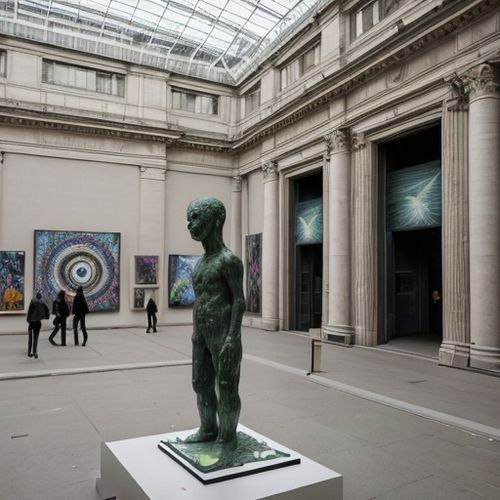
By Jessica Lee/Apr 12, 2025
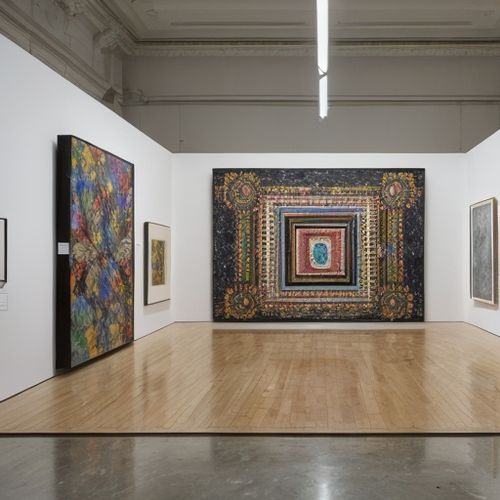
By Daniel Scott/Apr 12, 2025
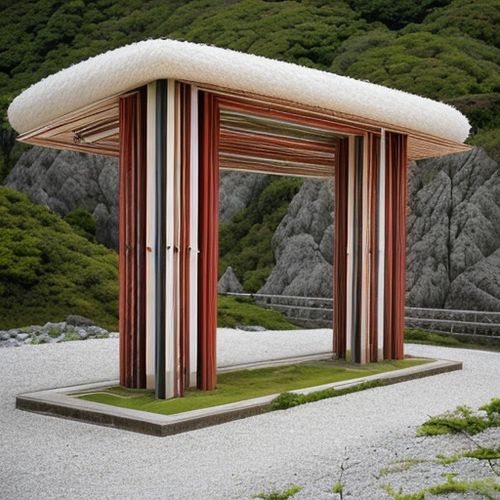
By Megan Clark/Apr 12, 2025
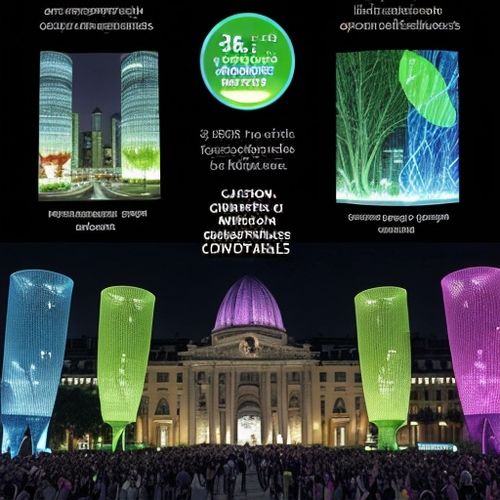
By Elizabeth Taylor/Apr 12, 2025
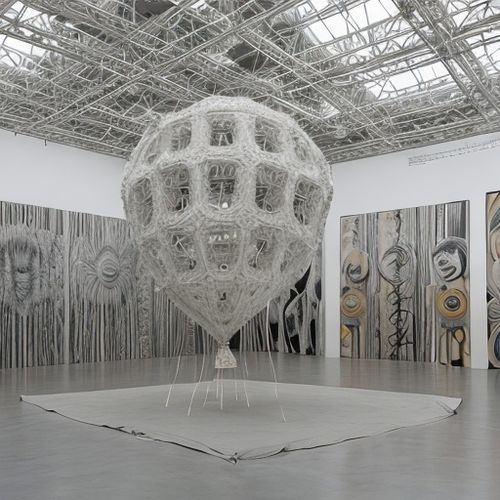
By James Moore/Apr 12, 2025
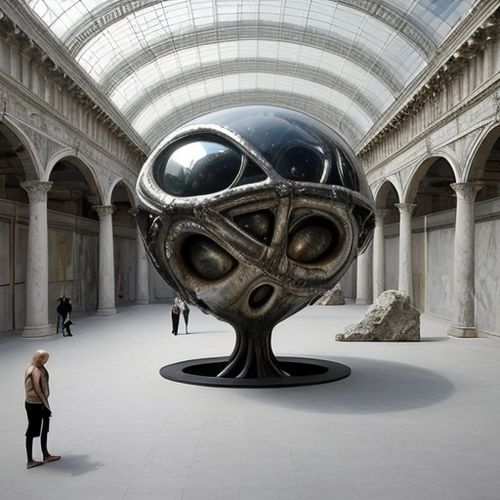
By Natalie Campbell/Apr 12, 2025
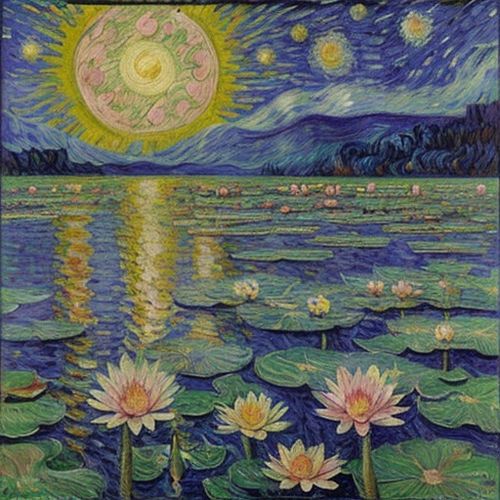
By Grace Cox/Apr 12, 2025

By David Anderson/Apr 12, 2025
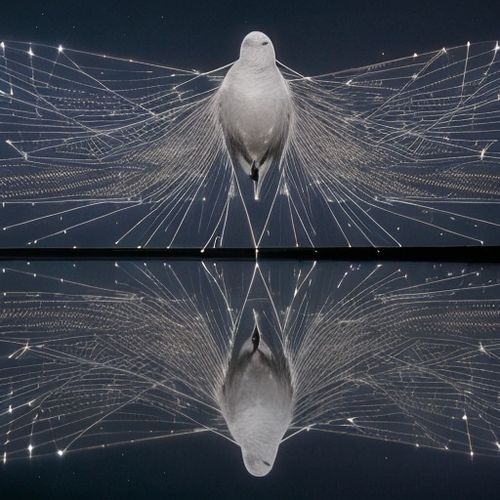
By Emma Thompson/Apr 12, 2025
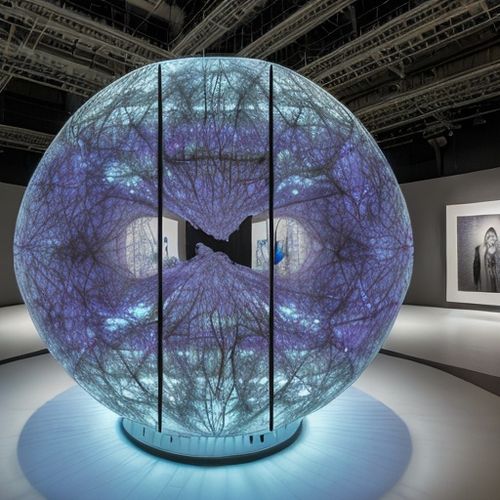
By Jessica Lee/Apr 12, 2025

By Thomas Roberts/Apr 12, 2025

By Noah Bell/Apr 12, 2025

By David Anderson/Apr 12, 2025
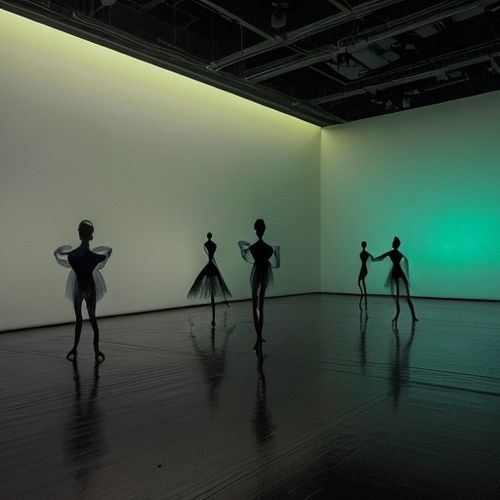
By Victoria Gonzalez/Apr 12, 2025

By Sarah Davis/Apr 12, 2025
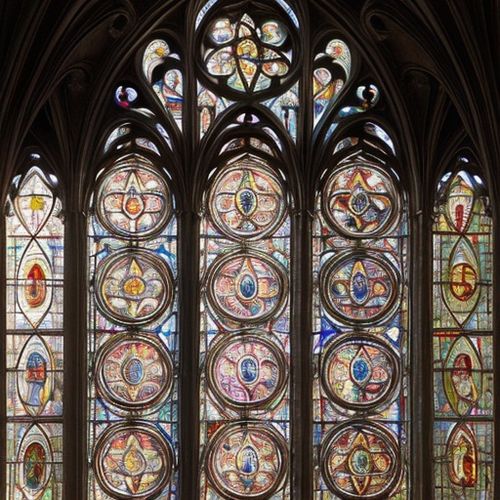
By Rebecca Stewart/Apr 12, 2025
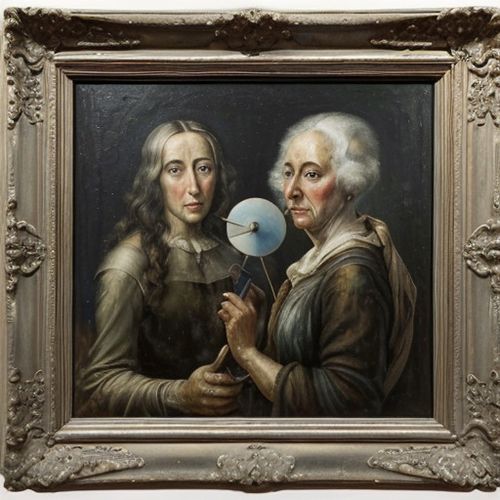
By James Moore/Apr 12, 2025
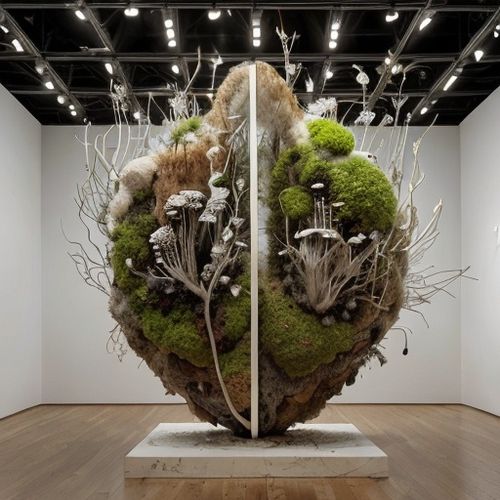
By Thomas Roberts/Apr 12, 2025
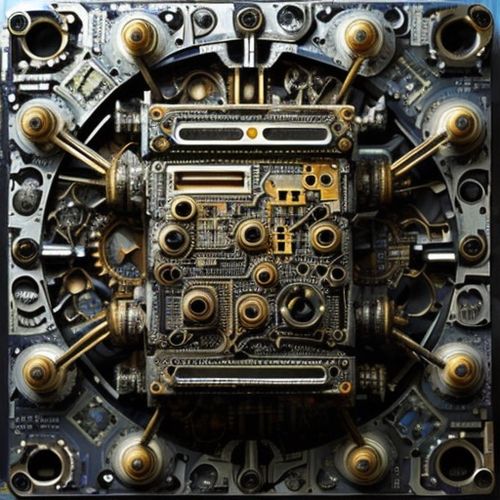
By Lily Simpson/Apr 12, 2025